Residence United States Name Sidney Farber | Fields Oncology, Pathology | |
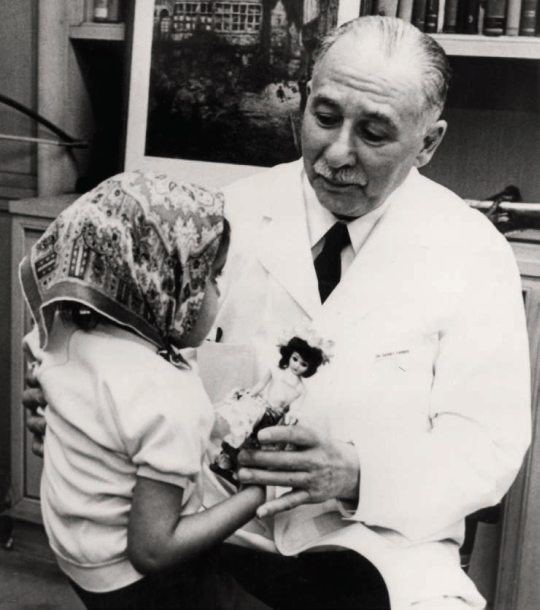 | ||
Born September 30, 1903Buffalo, New York ( 1903-09-30 ) Alma mater University at BuffaloHarvard Medical School Known for Chemotherapy, Fundraising and advocacy for cancer research Awards Lasker-DeBakey Clinical Medical Research Award | ||
Siddartha mukherjee on sidney farber dana farber cancer institute
Sidney Farber (September 30, 1903 – March 30, 1973) was an American pediatric pathologist. He is regarded as the father of modern chemotherapy, and the Dana–Farber Cancer Institute is named after him.
Contents
- Siddartha mukherjee on sidney farber dana farber cancer institute
- Early life
- Career
- Research
- Fundraising for cancer research
- Personal life and demise
- References
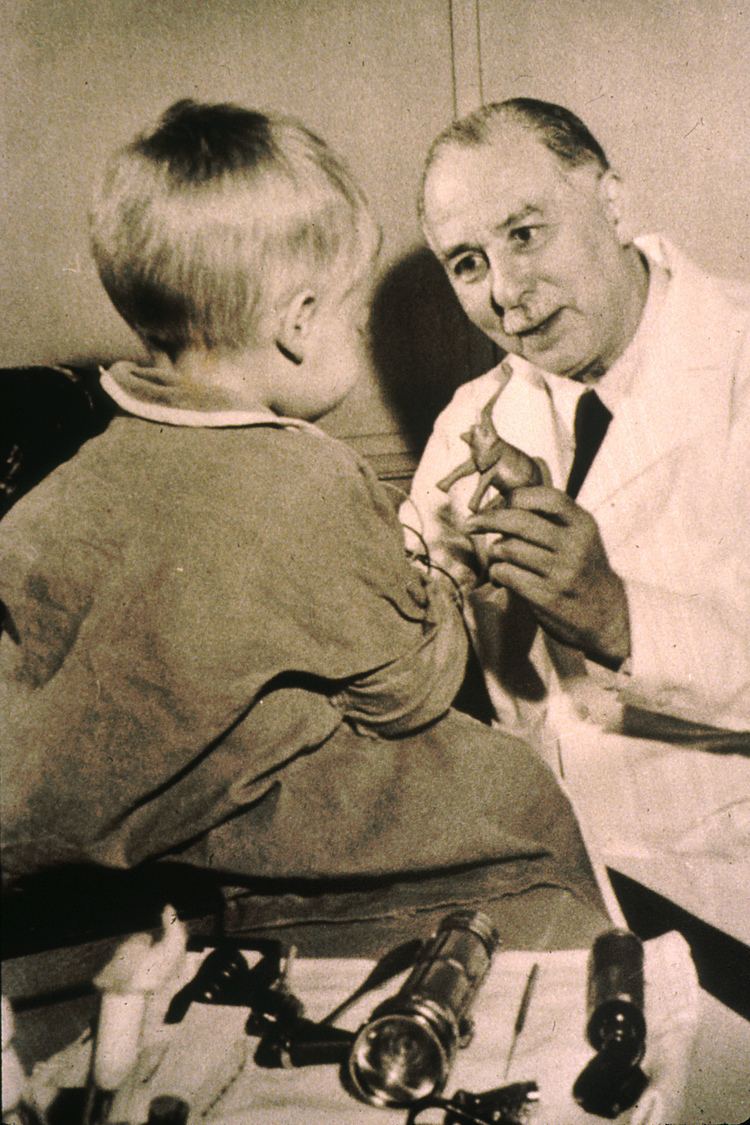
Early life
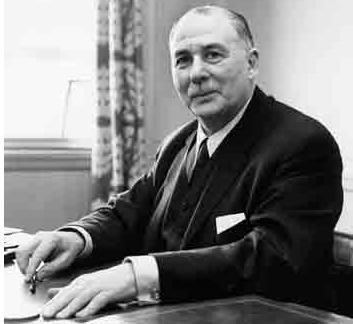
He was born in Buffalo, New York to Jewish parents Simon and Matilda (Goldstein) Farber. He was the third oldest of 14 siblings. He was the younger brother of the noted philosopher and University of Buffalo professor Marvin Farber (1901–1980).
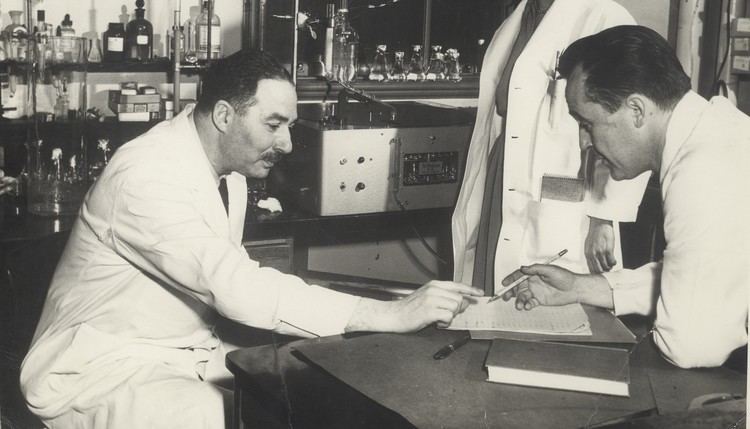
Sidney Farber graduated from SUNY Buffalo in 1923. In the mid-1920s, Jewish students were often refused admission to US medical schools, prompting him to go to Europe. As Farber was fluent in German, he undertook his first year of medical school at the Universities of Heidelberg and Freiburg in Germany. Having excelled in Germany, Farber entered Harvard Medical School as a second-year student and graduated in 1927.
Career

After graduate training in pathology at Peter Bent Brigham Hospital (the predecessor of Brigham and Women's Hospital) in Boston, Massachusetts, where he was mentored by Kenneth Blackfan, Farber was appointed to a resident pathologist post at Children's Hospital. He became an assistant in pathology at Harvard Medical School in 1928. In 1929, he became the first full-time pathologist to be based at Children's Hospital.
Research

While working at Harvard Medical School on a research project funded by a grant from the American Cancer Society, he carried out both the preclinical and clinical evaluation of aminopterin (synthesized by Yellapragada Subbarow), a folate antagonist in childhood acute lymphoblastic leukemia. He showed for the first time that induction of clinical and hematological remission in this disease was achievable. These findings promoted Farber as the "father" of the modern era of chemotherapy for neoplastic disease, having already been recognized for a decade as the "father" of modern pediatric pathology. Throughout the 1950s and '60s, Farber continued to make advances in cancer research, notably the 1955 discovery that the antibiotic actinomycin D and radiation therapy could produce remission in Wilms' tumor, a pediatric cancer of the kidneys. And it was during this period that he took his persuasive powers to a national stage.
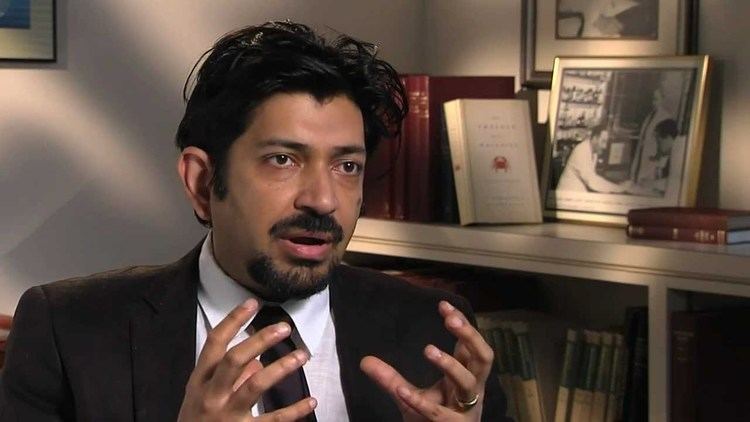
In 1952 Farber described a lipid storage disease that was named subsequently Farber disease.
Fundraising for cancer research
Farber began raising funds for cancer research with the Variety Club of New England in 1947. Together they created The Jimmy Fund, which was one of the first nationwide fundraising efforts to take full advantage of modern media, such as a broadcast of the radio show Truth or Consequences on 22 May 1948. The success of the Jimmy Fund led Farber to realize the importance of marketing in the scientific advancement of knowledge about diseases. According to Siddhartha Mukherjee, this realization
...set off a seismic transformation in [Farber's] career that would far outstrip his transformation from a pathologist to a leukemia doctor. This second transformation — from a clinician into an advocate for cancer research — reflected the transformation of cancer itself. The emergence of cancer from its basement into the glaring light of publicity would change the trajectory of [the story of cancer research in the 20th century].
Beginning in the early 1950s, and continuing until his death in 1973, Farber became a star presenter at Congressional hearings on appropriations for cancer research. A compelling speaker, he was very successful in his efforts. With Mary Woodard Lasker, a longtime advocate of biomedical research, famed surgeon Michael E. DeBakey, Senator J. Lister Hill of Alabama and Congressman John E. Fogarty of Rhode Island, Farber led the drive for a massive expansion in federal spending for cancer research. Between 1957 and 1967, the annual budget of the National Cancer Institute, the government's primary funder of cancer research, jumped from $48 million to $176 million.
The Dana-Farber Cancer Institute was originally named the Sidney Farber Cancer Center in honor of its founder in 1974. The long-term support of the Charles A. Dana Foundation was acknowledged by incorporating the Institute under its present name of the Dana-Farber Cancer Institute in 1983. Farber Hall, built in 1953 on the South Campus of the University at Buffalo, The State University of New York is named for him.
Personal life and demise
He was married to Norma Farber (formerly Holzman), an author of children's books.
On March 30, 1973, at the age of 69, Sidney Farber died from cardiac arrest while working in his office.
